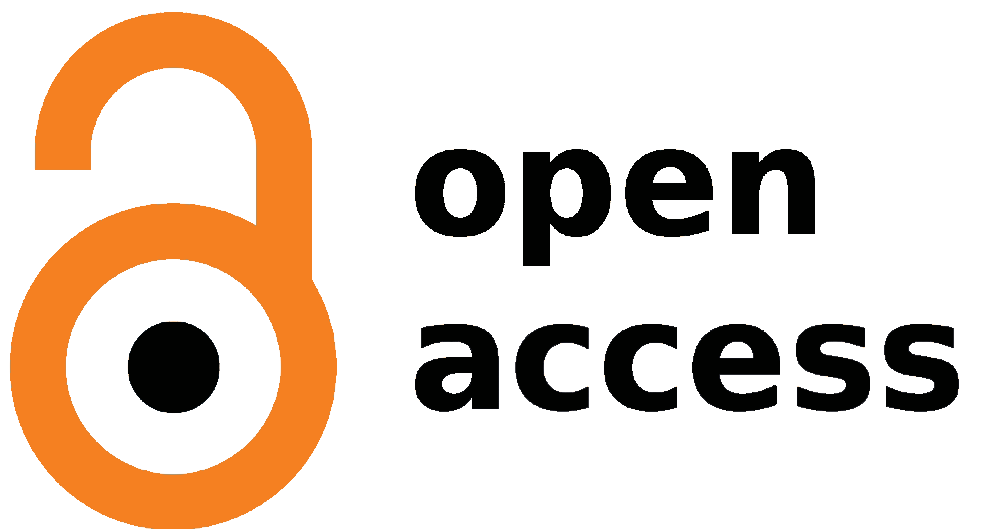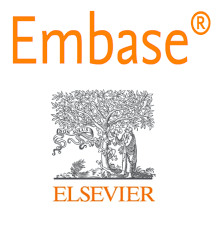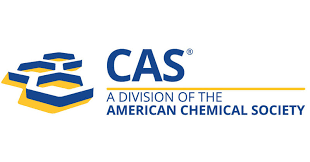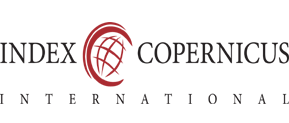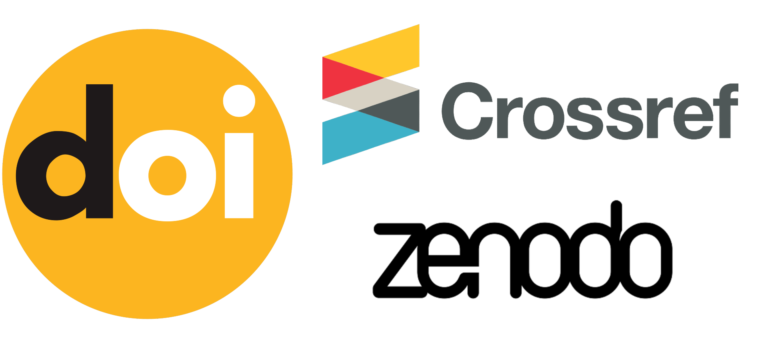Limits and Advantages of CT scan in Diagnosing Cholelithiasis Among Adults Aged 18–60 Years: A Clinical Study
Keywords:
Cholelithiasis, ultrasound.Abstract
Background: Cholelithiasis, or gallstone disease, is a common biliary disorder, especially among adults. While ultrasound is the first-line imaging modality, CT scan is increasingly used in emergency settings. Objective: To assess the limitations and advantages of CT scan in diagnosing cholelithiasis in the 18–60 years age group and evaluate associated risk factors. Methods: A prospective observational study was conducted on 56 patients diagnosed or suspected of having cholelithiasis. CT scan findings were compared with clinical and ultrasound results. Demographic and risk factor data were analysed. Results: CT scan detected gallstones in 78.6% of cases, with sensitivity reduced in cases of radiolucent cholesterol stones. CT was advantageous in detecting complications like gallbladder perforation, pancreatitis, and cholecystitis. Major risk factors were female gender (66%), obesity (BMI >25: 62.5%), and sedentary lifestyle (53.6%). Conclusion: CT scan is useful in diagnosing complicated cholelithiasis and in acute settings, though limited in identifying radiolucent stones. A multi-modality approach improves diagnostic accuracy.
.png)
